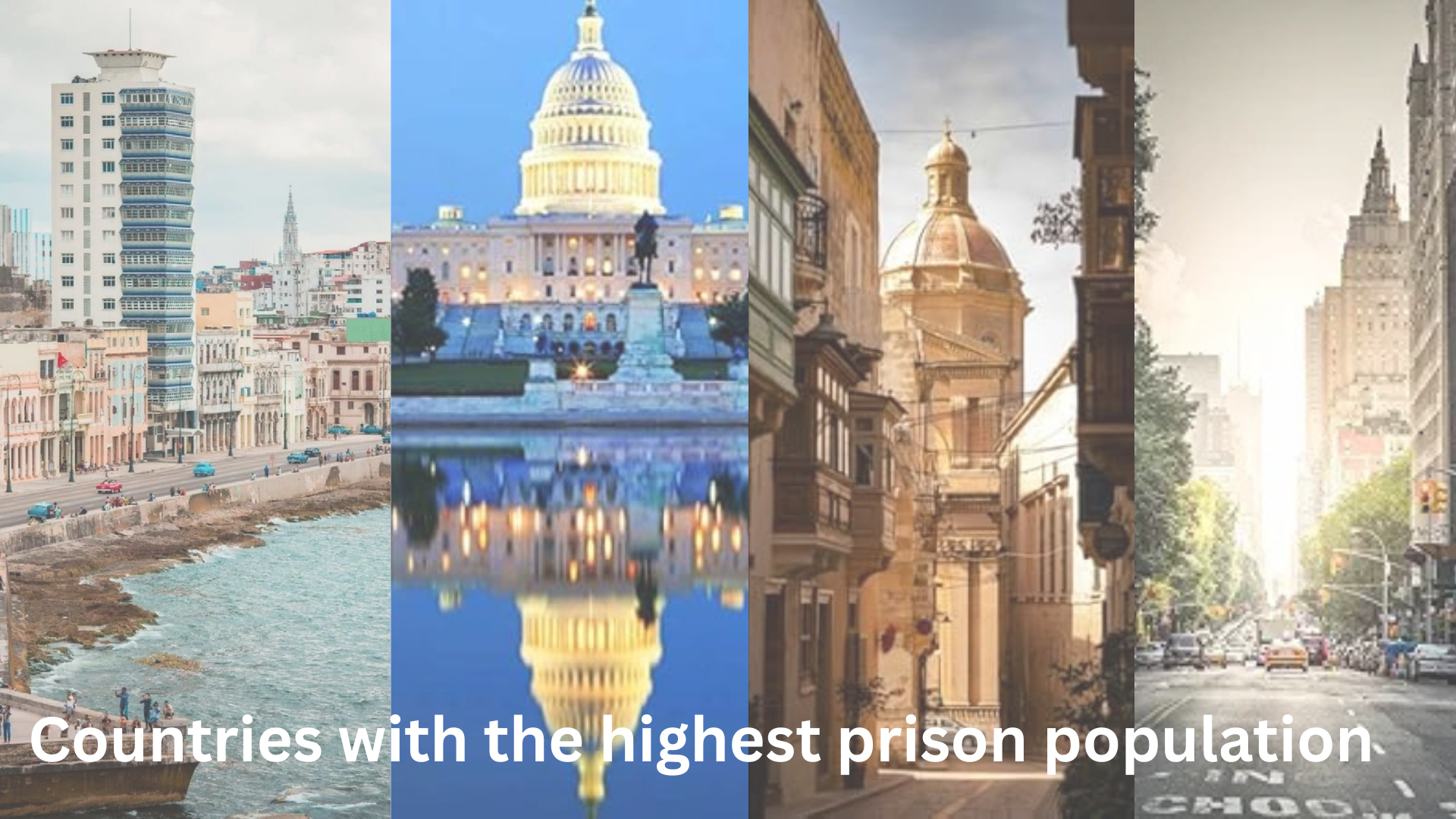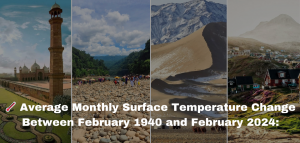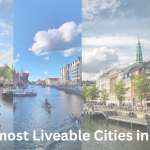Incarceration rates, measured as the number of prisoners per 100,000 inhabitants, vary significantly across the globe, reflecting diverse criminal justice systems, socio-political contexts, and crime challenges. As of 2025, the countries with the highest prison population rates include El Salvador, Cuba, Rwanda, Turkmenistan, American Samoa, the United States, Panama, Tonga, Guam, and Palau. This article explores why these nations top the list, drawing on data from the World Prison Brief and other sources, and examines the broader implications of high incarceration rates.
1. El Salvador: 1,086 per 100,000
El Salvador leads the world with an incarceration rate of 1,086 prisoners per 100,000 inhabitants, a figure that has risen sharply in recent years, with some estimates suggesting it reached 1,659 by early 2025. The country’s aggressive anti-gang policies, particularly under President Nayib Bukele, have driven this surge. Mass arrests targeting gangs like MS-13 and Barrio 18 have led to over 39,500 incarcerations since 2000, exacerbating prison overcrowding. While these measures have reduced El Salvador’s historically high homicide rates, they have sparked concerns about human rights and pretrial detention, with 68% of prisoners awaiting trial. The high incarceration rate reflects a focus on public safety but raises questions about long-term sustainability and prison conditions.
2. Cuba: 794 per 100,000
Cuba’s incarceration rate of 794 per 100,000 is among the highest globally, driven by its authoritarian government’s strict control over dissent. Political prisoners, independent journalists, and those opposing the regime are frequently jailed, contributing to the high rate. Over 88% of Cubans live in extreme poverty, which may exacerbate crime rates, though the government’s opaque reporting makes data verification challenging. Cuba’s prison system is criticized for harsh conditions and lack of transparency, with limited international oversight. The high incarceration rate underscores the regime’s prioritization of political control over judicial reform.
3. Rwanda: 637 per 100,000
Rwanda’s incarceration rate of 637 per 100,000 reflects its one-party state’s stringent policies. The government often arrests opposition members, sex workers, street vendors, and others deemed disruptive, contributing to high prisoner numbers. Nearly half the population lives in poverty, and manipulated elections maintain the ruling party’s grip, fostering a system where dissent is penalized. Rwanda’s prison population has grown since the 1994 genocide, with overcrowding and poor conditions reported. While the country has made strides in development, its high incarceration rate highlights tensions between security and human rights.
4. Turkmenistan: 576 per 100,000
Turkmenistan’s incarceration rate of 576 per 100,000 stems from its authoritarian regime’s suppression of dissent. Political dissidents, media critics, and those violating state-sanctioned norms, such as religious practices or homosexuality, face imprisonment. The country’s rampant corruption and dictatorship since 1991 have created a climate where minor offenses lead to jail time. Data on Turkmenistan’s prisons is limited due to restricted access, but reports suggest overcrowding and inhumane conditions. The high incarceration rate reflects a system prioritizing control over rehabilitation.
5. American Samoa: 538 per 100,000
American Samoa, a U.S. territory, has an incarceration rate of 538 per 100,000, high for its small population. Limited economic opportunities and reliance on U.S. governance may contribute to crime rates, though specific data on causes is scarce. The territory’s prison system aligns with U.S. standards, but its small size amplifies per capita rates. Overcrowding and resource constraints are concerns, mirroring challenges in other Pacific territories. American Samoa’s inclusion in this list highlights how small jurisdictions can have outsized incarceration rates.
6. United States: 531 per 100,000
The United States, with 531 prisoners per 100,000, has the world’s largest total prison population, at 1.8 million in 2025. Though down from a peak of over 750 in the 2000s, the rate remains high due to policies favoring mass incarceration, particularly for minor offenses like drug possession. The U.S. spends approximately $70,000 per inmate annually, yet high recidivism rates (about 50% rearrested within two years) suggest limited rehabilitation success. Critics argue that mass incarceration disproportionately affects marginalized communities, perpetuating cycles of poverty and crime.
7. Panama: 522 per 100,000
Panama’s incarceration rate of 522 per 100,000 is driven by its role as a hub for transnational crime, including drug trafficking, due to the Panama Canal’s strategic importance. The country’s economy relies on tourism and finance, but crime rates remain high, leading to increased arrests. Prison overcrowding and pretrial detention are significant issues, with facilities often exceeding capacity. Panama’s justice system faces challenges in balancing security with judicial efficiency, contributing to its high incarceration rate.
8. Tonga: 516 per 100,000
Tonga, with 516 prisoners per 100,000, ranks high due to its small population and social challenges. Ranked among the world’s most corrupt countries, Tonga’s monarchy controls much of the economy, fostering tensions with pro-democracy advocates. Incarceration often targets dissenters and minor offenders, with limited judicial transparency. The 2006 pro-democracy riots highlight underlying social unrest, which contributes to the high prison population. Tonga’s small size amplifies its per capita rate, but systemic issues drive incarceration.
9. Guam: 475 per 100,000
Guam, another U.S. territory, has an incarceration rate of 475 per 100,000, influenced by its tourism-driven economy and social challenges. Crime rates tied to economic inequality and transient populations contribute to high prisoner numbers. Like American Samoa, Guam’s small population inflates per capita statistics. Prison conditions and overcrowding are concerns, with limited resources for rehabilitation. Guam’s inclusion reflects broader issues in U.S.-affiliated Pacific territories.
10. Palau: 428 per 100,000
Palau’s incarceration rate of 428 per 100,000 is notable for its tiny population. Economic reliance on tourism and limited local opportunities may contribute to crime, though data is sparse. The country’s justice system, influenced by U.S. models, faces challenges with overcrowding and resource constraints. Palau’s high rate underscores how small nations can appear prominently in per capita metrics, even with relatively few prisoners.
Why These Rates Matter
High incarceration rates often reflect complex factors: authoritarian governance in Cuba and Turkmenistan, gang violence in El Salvador, and systemic issues in the U.S. Small territories like American Samoa, Guam, and Palau show elevated rates due to population size, while Panama and Tonga face crime and corruption challenges. High rates can strain state budgets, exacerbate overcrowding, and fail to reduce crime, as evidenced by U.S. recidivism data. Globally, 11.5 million people are incarcerated, with a world average rate of 140 per 100,000, highlighting the outlier status of these top 10.
Implications and Solutions
High incarceration rates raise concerns about human rights, prison conditions, and societal impacts. Overcrowding, as seen in El Salvador and Rwanda, increases health risks and violence. Critics argue that mass incarceration, particularly in the U.S., does not enhance public safety and may perpetuate crime cycles. Alternatives like rehabilitation programs, decriminalization of minor offenses, and addressing root causes like poverty could reduce rates. Policymakers must balance security with sustainable justice reforms to create safer, more equitable societies.
Conclusion
The countries with the highest prison population rates in 2025—led by El Salvador, Cuba, and Rwanda—reflect diverse challenges, from gang violence to authoritarianism. Understanding these rates requires examining local contexts, as small territories like American Samoa and Palau differ vastly from larger nations like the U.S. Addressing high incarceration demands innovative policies that prioritize rehabilitation and social equity over punitive measures.














